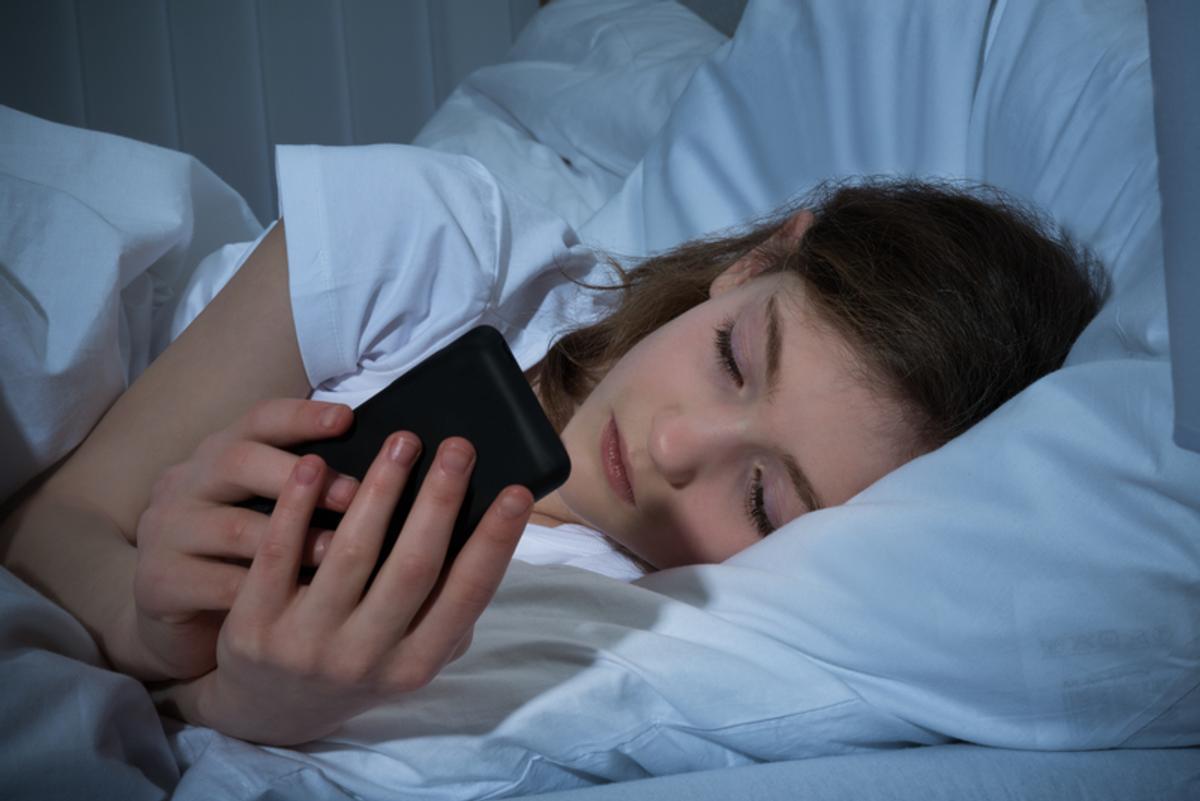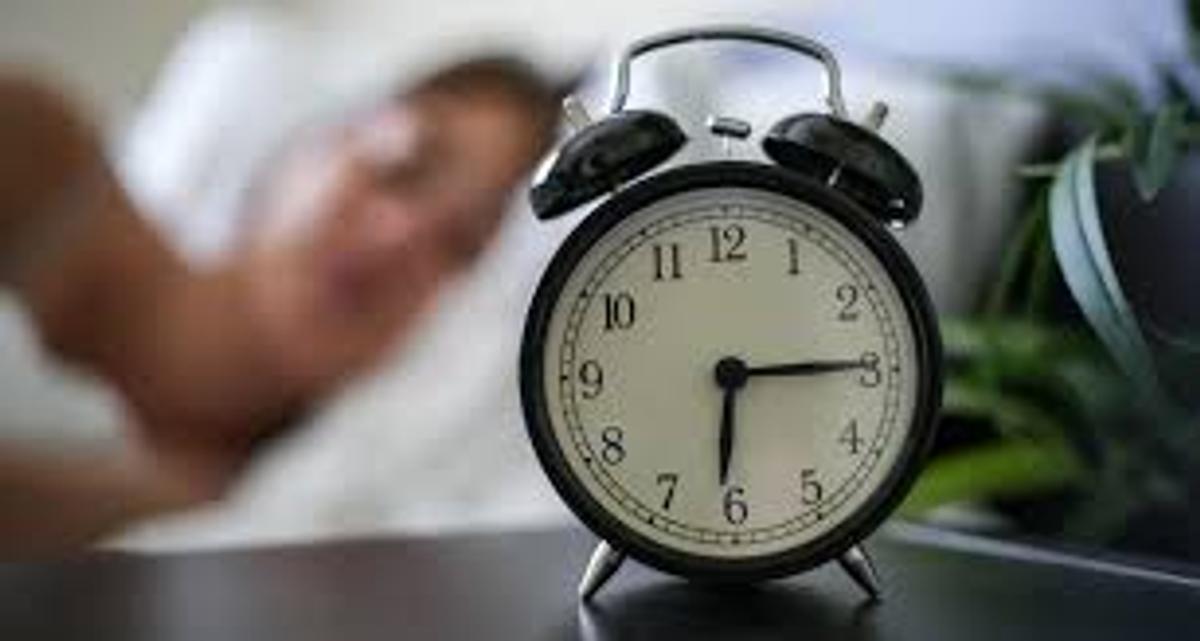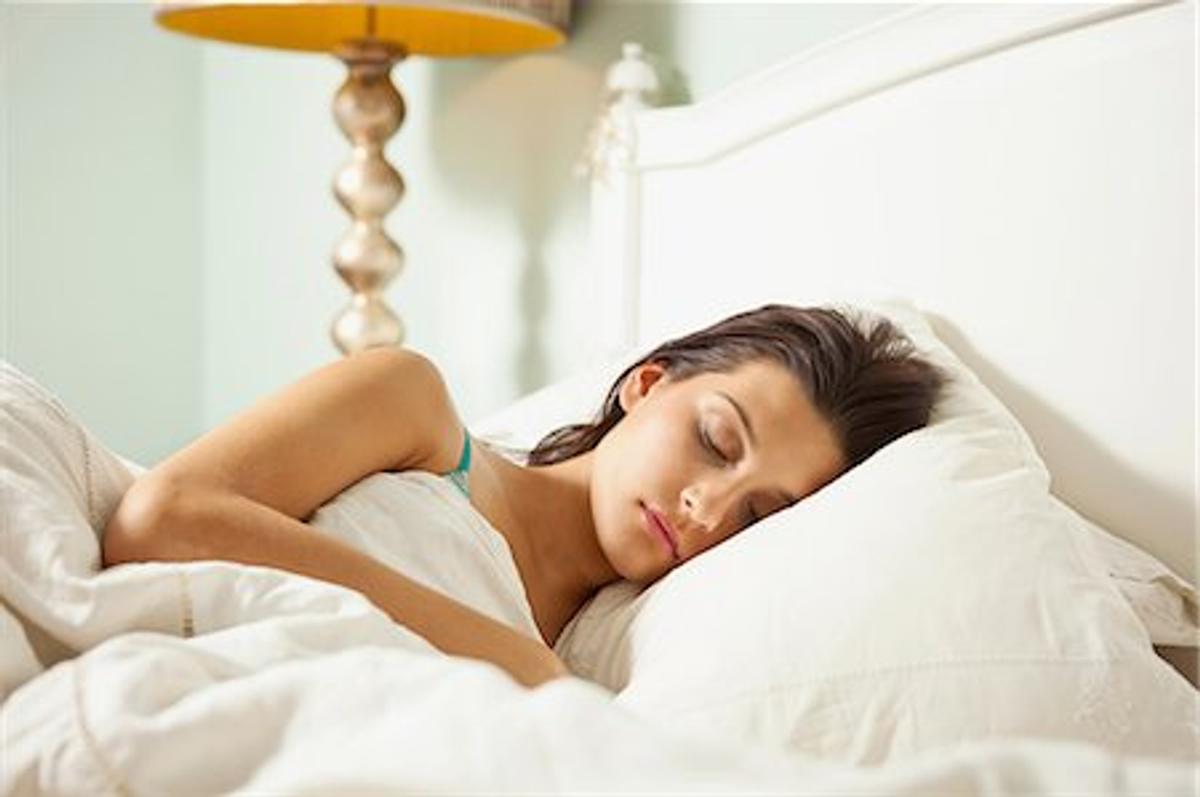Wellbeing Corner

FACTS ABOUT SLEEP FOR PARENTS
Students’ sleep deprivation and mobile device use
- Many children and adolescents are sleep deprived at school
- Technology use before bedtime or during the sleep period has negative influences on the brain and overall health
- This can lead to poor learning, unhelpful behaviours, friendship difficulties and mental health problems
- Removing the phone from the bedroom at night is important for children and adolescents so that sleep is not interrupted
- Rules around not having mobile devices in bedrooms and turning devices off at night work best if they are being followed by the whole family, including parents
Why is sleep so important?
Sleep is vital for children’s and adolescents’ wellbeing. Sleep supports healthy development of the body and mind. Evidence shows that children and adolescents who do not get enough sleep have more trouble learning. They are less attentive and motivated, have poor problem solving, more confusion, increased irritability, reduced memory, impaired communication, slower processing of information, poorer judgement, diminished reaction times and more indifference. Lack of sleep can also lead to behaviour and mood issues, impacting negatively upon relationships, empathy and leading to mental health difficulties such as anxiety and depressed mood. In Australia, the number of children and adolescents who are sleep-deprived is rapidly growing due to our lifestyle behaviours.
Why aren’t children and adolescents getting enough sleep?
Technology use is on the increase with online social interactions replacing real world ones. For this reason, it is often difficult to get children and adolescents off their devices. In Australia, 25% of children aged 7-8 years report using mobile phones between 10pm and 6am – and this figure increases to 83% of children by age 17. This late-night technology use is contributing to later sleep times and reduced quality of sleep.Children and adolescents commonly report going to sleep later and having interrupted sleep patterns because they reply to friends’ texts during the night.
Technology use can lead to poor sleep in a number of ways:
- Body clocks are sensitive to the blue light that backlit devices like phones and tablets emit. This light tricks our body clocks into thinking it is still daytime and this reduces the amount of melatonin, our sleep hormone that is released near bedtime. So, device use near bedtime can make it harder to get to sleep.
- Using devices to play games or communicate with friends increases mental stimulation, making it difficult to wind down around bedtime or to get back to sleep when sleep is interrupted during the night. Negative online social interactions can also contribute to feelings of anxiety and worry which can make it harder to sleep
How much sleep do children and adolescents need?
As with adults, every child is different in terms of how much sleep they need. The amount of sleep your child needs also changes as they age. Children aged 6-13 years should ideally be sleeping for 9-11 hours, although anywhere from 7-12 hours may be appropriate for some children. Teenagers aged 14-17 years should ideally be sleeping for 8-10 hours, although anywhere from 7-11 hours may be appropriate for some teenagers.
What are some signs that your child or adolescent isn't getting enough sleep, perhaps through overusing technology?
- Depressed mood, irritability during offline social interactions
- Hyperactivity at school
- Reluctance/arguing about getting off phones/devices and going to bed
- Reduced academic performance
- Changes to communicating/social interacting at home and/or school
- Falling asleep during the day
- Difficulties waking up for school and sleeping in late on weekends to ‘catch up’
- Getting to school late or missing school days
How can I encourage safe, healthy technology use to improve my child’s sleep & wellbeing?
Putting in place some guidelines surrounding technology use at night is advisable and these guidelines might differ depending on the age of your child or adolescent. Children and adolescents need help with regulating their behaviour and understanding the harmful effects of disturbed sleep.
- Ideally, no mobile devices should be allowed in the bedroom. Why? Although it’s sometimes unavoidable to have devices like laptops in the bedroom, the bedroom should ideally be preserved for sleeping only so that it is perceived by the brain as a calm place – this helps children and young people to switch off and feel sleepy. Children and adolescents very commonly report using their phones after initially turning the lights out, even if there are rules in place about device use. Children and adolescents also report going and collecting their mobile devices after parents have gone to bed, even when everyone has agreed to leave them outside of bedrooms. Educating children about the harmful effects of disturbed sleep can be helpful for ensuring rules about device use are adhered to. Given many children and adolescents use their phone’s alarm to wake up in the morning, a simple strategy of replacing phones with an alarm clock may make removing devices from the bedroom more practical.
- Establish a nightly ‘wind down’ routine with your child or adolescent. Why? Having a nightly routine in the lead-up to bedtime can help children and adolescents unwind and cues their brains into knowing that it’s nearly time to sleep. As part of this wind down routine, create a calm environment and replace device usage in the hour before bed with a relaxing routine. This can help to reduce stress and anxiety, making it easier to feel sleepy.
- Limit exposure to bright light Why? Children and adolescents body clocks are sensitive to light, in particular blue light, reducing the amount of ‘sleep hormones’ that are released around bedtime. Lower the brightness on devices in the evening hours and use applications that block out blue light on phones and tablets if your child is going to be using a device.
- Model good behaviours. Why? It is much easier to change your child’s behaviour if a group approach is taken. Children and adolescents learn by observing the behaviour of others (parents, siblings) – model healthy sleep and technology use behaviours and make it a family effort by involving siblings.
What are other factors that might be disturbing sleep in children and adolescents?
Children’s and adolescents’ sleep may be disturbed by breathing problems during the night, often associated with snoring. This is termed Sleep Apnea. There are also good sleep habits, known as Sleep Hygiene, that can improve sleep. For a discussion of Sleep Hygiene and the range of other sleep problems and disorders that may affect children and adolescents, please see the separate fact sheets on the Sleep Health Foundation website.
If you are concerned about your child’s sleep patterns, please access the below resources or visit a GP.
All the Sleep Health Foundation (SHF) Fact Sheets can be found at the A-Z listing:



